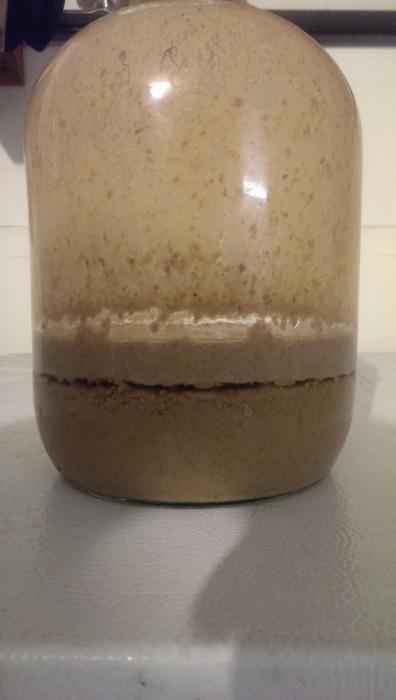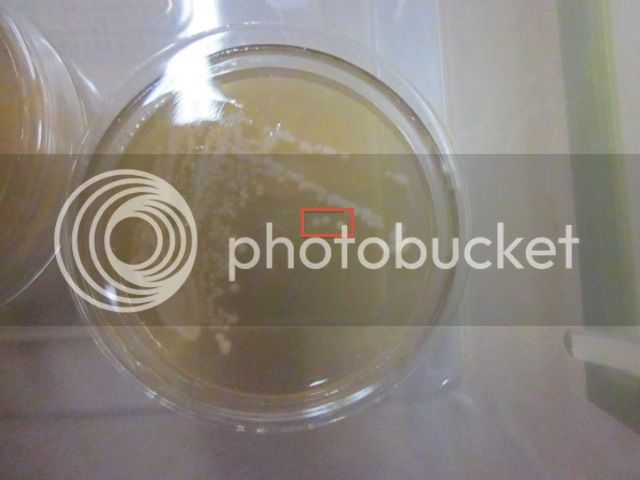BrewFuerte
Member
- Joined
- Dec 6, 2013
- Messages
- 11
- Reaction score
- 1
Hi There, long time lurker first time poster here. I have searched the forum and Google on this topic, and there are lots of threads, but I can't seem to get clarity on exactly my issue. I am sure it is an easy one for anybody with a little experience harvesting yeast. Here is my situation:
Last night I kegged ten gallons of English Brown Ale with the intention of harvesting yeast from the cake at the bottom of the fermenter to use in a batch I am brewing today. I didn't make any effort to wash/rinse the yeast or otherwise prepare it for long term storage. I just wanted to have it to pitch today. My procedure was to rack the beer off the cake and into kegs, leaving a small amount of beer on top of the cake and swirling the whole thing into a pourable suspension. The entire contents were funneled into a 1 gallon glass growler (everything was clean and sanitized). I placed the growler in the fridge to settle for a bit. Some time later I had a large top layer of clear (well, clear but brown) beer, with yeast and trub layers below. I poured off the beer and discarded it, shook the whole thing up and put it back in the fridge. I repeated this process later when another small beer layer emerged after settling, and left the growler in in the fridge overnight. As of this morning, I have what is pictured, with what is clearly a small darker line of beer separating the other two layers. My question: Where is the yeast?

Last night I kegged ten gallons of English Brown Ale with the intention of harvesting yeast from the cake at the bottom of the fermenter to use in a batch I am brewing today. I didn't make any effort to wash/rinse the yeast or otherwise prepare it for long term storage. I just wanted to have it to pitch today. My procedure was to rack the beer off the cake and into kegs, leaving a small amount of beer on top of the cake and swirling the whole thing into a pourable suspension. The entire contents were funneled into a 1 gallon glass growler (everything was clean and sanitized). I placed the growler in the fridge to settle for a bit. Some time later I had a large top layer of clear (well, clear but brown) beer, with yeast and trub layers below. I poured off the beer and discarded it, shook the whole thing up and put it back in the fridge. I repeated this process later when another small beer layer emerged after settling, and left the growler in in the fridge overnight. As of this morning, I have what is pictured, with what is clearly a small darker line of beer separating the other two layers. My question: Where is the yeast?




